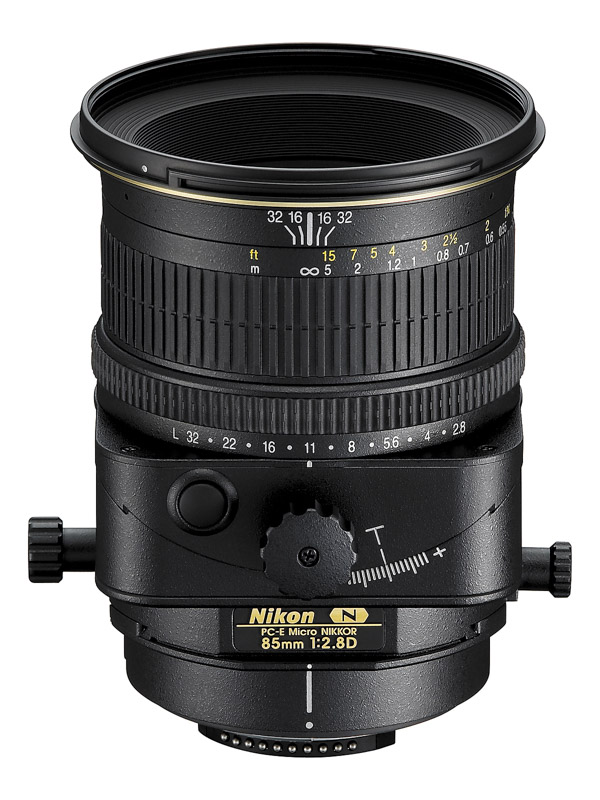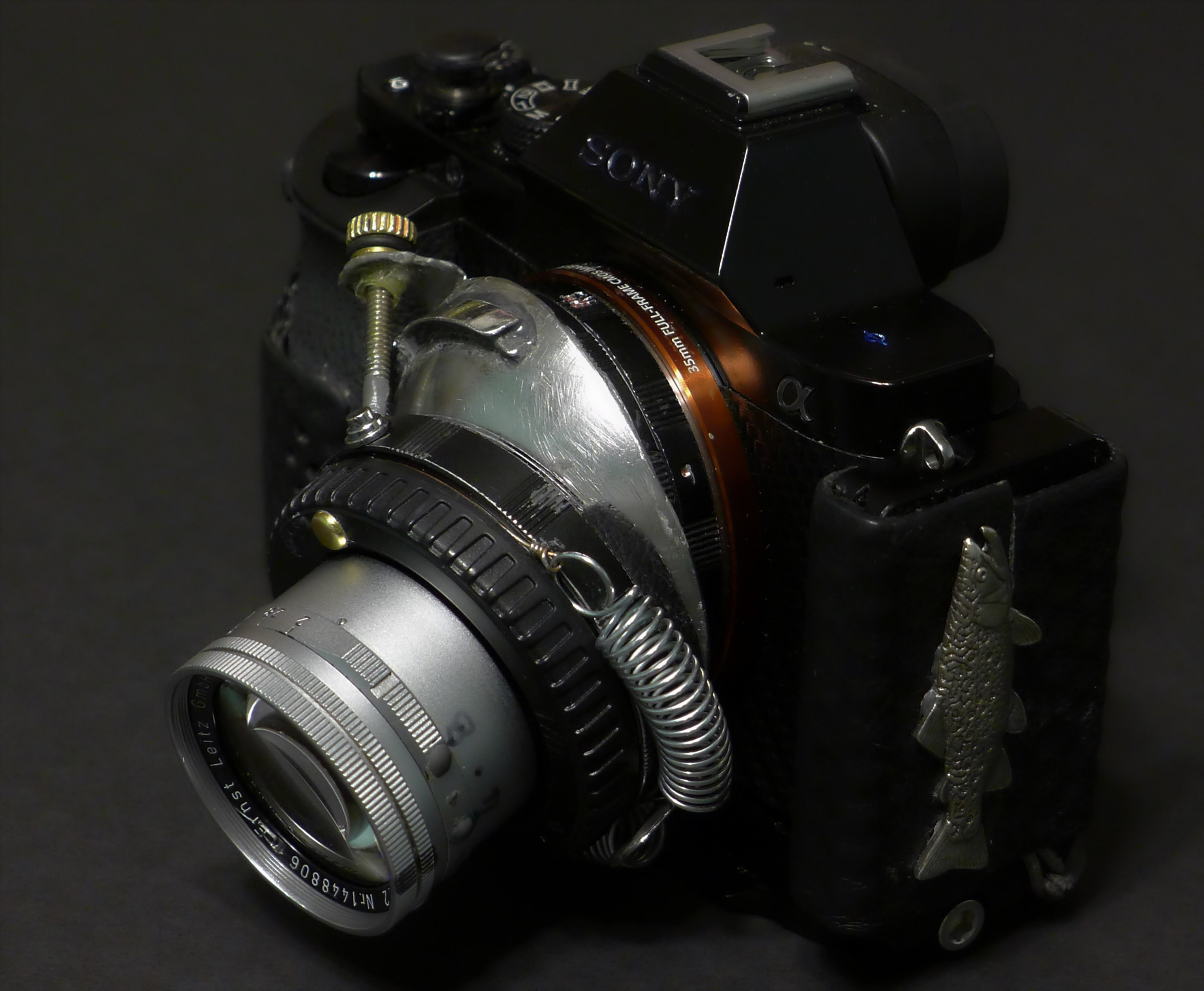

There are many more ways in which you can use a tilt-shift lens to create astonishing results. You just keep the camera balanced and then capture a panorama using left-shift, center, and lastly, right-shift. Thirdly, it lets you create panoramas with extreme ease. This feature is pretty useful in portrait photography, especially group portraits. Secondly, the main advantage of using a tilt-shift lens is that you can have multiple subjects in focus. With the tilt feature, you shift the lens instead of the camera which allows you to maintain the perspective. Unfortunately, this distorts the perspective of the building. Now that you understand what is a tilt-shift lens, it is time to get a glimpse of the possibilities that open up with this lens.įirst of all, you might have noticed that while photographing architecture with a normal lens, you tilt your camera upwards.
#Tiltshift lens manual#
It opens up new possibilities for you and allows a greater depth of field.Īnother important point that must be discussed here is that although it has manual focus, it does not auto-focus feature or even in-lens stabilization. Now, imagine if you could play with that perspective and capture the same view in different ways. When you take a picture, the same feeling of depth is present in image. For instance, when you are standing in a row of buildings, they appear to shrink as you look towards the horizon. Capturing a scene as natural as it looks to a human eye has been the ultimate test of cameras. This gives rise to another question what exactly is the purpose of a tilt-shift lens? Photography is all about perspective. As you can imagine, these lenses are for a very specific purpose, therefore, they are quite pricey. This provides them with an even more range of tilt and shift. Moreover, the newer versions of these lenses can rotate as well. I was just curious to see how it worked out.Įdited by Daveatvt01, 21 September 2022 - 08:57 PM.As the name suggests, these lenses have an optics mechanism that tilts and shifts. They all point in towards the center of the frame.īut the OP was having trouble stitching with distortion. That vanishing point stays in the same spot in physical space, but allows us to alter the field of view to create a more interesting composition. I like to use a TS lens for landscapes sometimes, because if you tilt a regular wide angle lens up towards the sky saguaros near the edges of your frame look crooked. With a tilt shift lens we are able to set our vanishing point in the middle of the frame and then look around up and to the side, for example while keeping our perspective untouched. Thanks, but I do understand how these lenses work. And panoramas with Milky Way shots generally have the foreground objects relatively far away.Įdited by Alex McConahay, 20 September 2022 - 11:19 PM. When the whole target (usually a building) is far away the difference between the top and bottom is not as exaggerated. Oh, and another thing.Tilt-shift lenses have greater effect closer to the target. In other words without rectangles in the image, the tilt-shift does not help much. ALL mountains are smaller at the top then on the bottom. Who knows how big the Milky Way is compared to the trunk of a tree. Who cares if a tree is smaller at the top than on the bottom.They are supposed to be. And the sides of the building can be fairly straight and parallel.īut.that stuff does not matter much when the sizes of everything and their shapes are not uniform. The Tilt-shift lens corrects this and allows the top to look about the same size as the bottom of a building. In an extreme, it can even look like the building is leaning backwards.

The sides of the building look progressively smaller. Since the top is further away, it looks smaller than the bottom.


The real reason you need tilt-shift is that the top of the building is a lot further away from the bottom of the building in a typical picture taken from ground level. Tilt shift lenses may not be of much value to astroimaging, even with the foreground landscape/Sky.


 0 kommentar(er)
0 kommentar(er)
